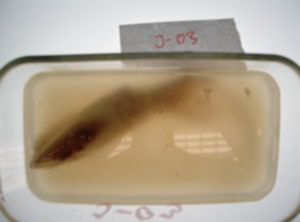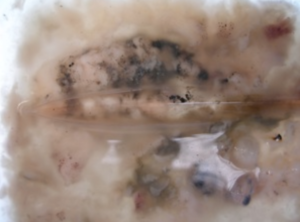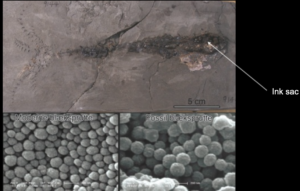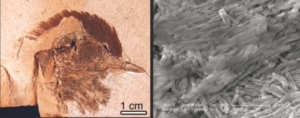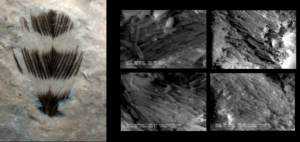Early molluscan evolution
Molluscs form a diverse phylum that diversified in the early Cambrian. They make for a very interesting research subject that’s definitely worth hiring a paper writing service or spending time looking up for info about them yourself. The fossil record of molluscs is relatively good compared to many other phyla. Yet, there are still many questions lingering and several fundamental issues of their interrelationships needs to be resolved. For a long time the aplacophorans have been considered the most primitive molluscs and thus been considered of key importance to help us polarize the evolution of molluscs. Modern aplacophorans are vermiform in the sense that they all have a rounded outline, no shells and a mantle with miniscule imbricating sclerites. Given their aberrant appearance compared to the other molluscs and their simple, wormy shape they have thus been considered to be primitive. However, the fossil record of aplacophorans are limited and the only fossil until recently that has been ascribed to the aplacophorans are the bisarre Acaenoplax from the Silurian of the UK. This fossil exhibits a curious mix of aplacophoran and chiton like characters.
A growing idea has been that aplacophorans might be derived and that they are sister groups to chitons. Fossils, like Acaenoplax, suggest that their ancestor might even have had shells. This is echoed in extant aplacophoran embryology, which show that both major groups of aplacophorans exhibits a 7 fold iteration on the dorsal surface in late stages of trochophore larvae, which is lost during metamorphosis.
The idea that aplacophorans should have evolved from a chiton like ancestor necessitates that they should have diverged from chitons after the appearance of chiton-like fossils, which are know down to the late Cambrian. I tested this hypothesis with molecular phylogenetics and relaxed molecular divergence estimates (Vinther et al. 2012a, Proceedings B). This study shows that aplacophorans and chitons diversified most likely in the Early Ordovician, which is after the oldest known chiton like forms, which are thus stem groups to both of these groups.



